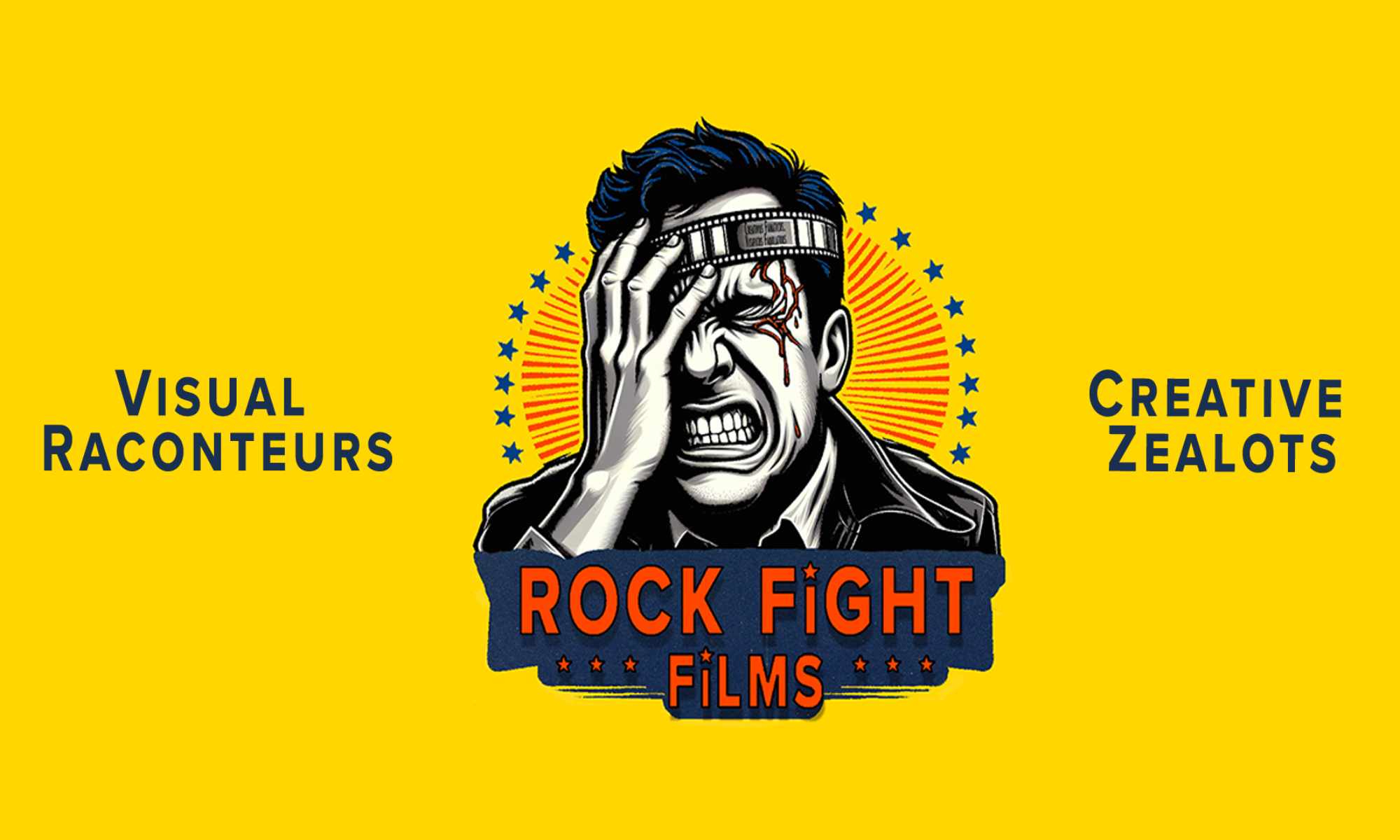4 MIN READ
Moving forward with my new short, So Close, I’m learning as I go. Every project is different, with new challenges to tackle. One thing that’s clear, though: having the right crew is essential. Without a solid team, nothing works. I have producing experience, but to make this film a success, I need the right people in the right roles.
Director (That’s Me)

I’m juggling the director and producer hats for pre- and post-production, but on set, my focus needs to be on the creative side. The director’s role is to oversee the creative direction and manage the overall vision of the film. I’ll be there to make the big decisions, but I need to trust the team around me to handle the details so I can stay in that creative zone.
Director of Photography (DP)

The DP is key to executing the visual style I envision. A DP who has editing experience is a bonus. They should make creative decisions that contribute to pacing and flow while considering post-production needs.
On-Set Producer

I need an on-set producer to handle logistics: managing the schedule, solving problems on the fly, and keeping things on track. A good on-set producer anticipates issues before they happen, keeps momentum even in chaos, and ensures everything runs smoothly. They coordinate with the crew, make sure everyone has what they need, and keep production moving. They’re the glue that holds it all together, allowing me to focus on directing.
Actors

Casting isn’t just about finding someone with the right look or talent. For me, it’s about chemistry. I need actors who not only fit the roles but who also click with each other on-screen. That means I need to meet with actors in person. I need to see how they interact with the material, how they respond to direction, and how they work with other performers. Chemistry can’t always be predicted from a headshot or reel. Sometimes the magic just happens when two actors click, and that’s something you can’t know until you’re in the room with them.
Sound

It’s tempting to focus on what’s in front of the camera, but without the right sound, the film will fall flat. I need someone who understands how to create the right atmosphere and isn’t just focused on capturing dialogue. Sound design is vital for bringing the world of this film to life. A great sound designer can take a scene that might otherwise feel flat and give it texture, making it feel like the viewer is right there in the moment. Whether it’s capturing the subtle background noises or using sound to accentuate moments of tension, sound is key to immersing the audience in the world we’re creating.
Production Assistant (PA)

A Production Assistant (PA) is an under appreciated role on set, but they’re invaluable. They need to be willing to jump in wherever needed, whether it’s running errands, assisting with props, or helping organize the set. A positive attitude and quick thinking go a long way in this role. The PA needs to be reliable, quick on their feet, and eager to pitch in when necessary. From coordinating lunch orders to assisting with camera setups, the PA is an essential part of keeping things moving.
Grip

The grip is key to handling the physical setup—lighting, equipment, anything that needs adjusting. I need someone who’s fast, reliable, and can think on their feet, especially when things don’t go as planned. Grips handle lighting, rigging, and basically anything that isn’t nailed down on set. In many ways, they’re problem solvers who have to make sure everything looks great visually. Whether it’s moving equipment in tight spaces or dealing with unexpected lighting issues, they’re the ones who make sure the technical side of things runs smoothly so we can focus on making the best film possible.
The Importance of Trust and Collaboration

Above all, building a team where trust flows freely is essential. The more I trust my crew, the more they bring to the table. It’s not just about finding people who can do their job—it’s about finding those who are invested in the project and eager to collaborate. A film is a team effort, and when everyone has a voice and a stake in the process, the result is far greater than what any one person could achieve alone.
I don’t have it all figured out, but I know that assembling the right team is key to making this film a reality. My goal is simple: create something honest, collaborative, and full of heart. With the right crew by my side, I believe we can do that.
Want to follow along as I navigate this filmmaking journey? Sign up for my blog below!








